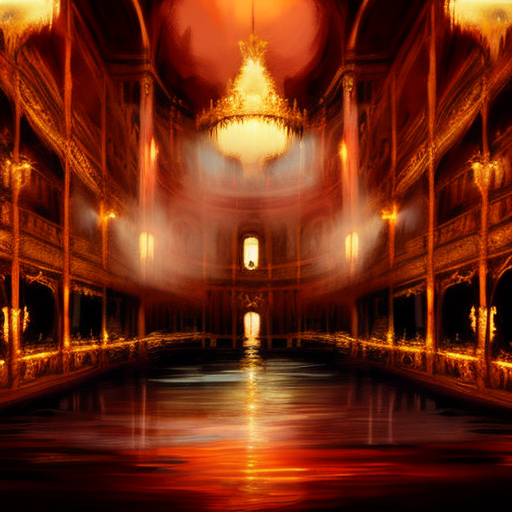One-line Summary:
Death at La Fenice is a thrilling murder mystery set in the enchanting city of Venice, where a renowned conductor is found dead, and Detective Guido Brunetti must navigate a web of secrets and deceit to uncover the truth.
Introduction:
In “Death at La Fenice,” the first installment of Donna Leon’s beloved Commissario Guido Brunetti series, readers are transported to the captivating city of Venice, Italy. The story begins with the shocking death of renowned German conductor Helmut Wellauer during a performance at the famous La Fenice opera house. As Detective Brunetti delves into the investigation, he uncovers a world of jealousy, ambition, and hidden desires lurking beneath the city’s picturesque façade.
A Murder at La Fenice:
The book opens with the discovery of Wellauer’s lifeless body in his dressing room at La Fenice. The conductor’s death appears to be the result of cyanide poisoning, leading Brunetti to suspect foul play. As he interviews the opera house staff, musicians, and Wellauer’s acquaintances, he uncovers a myriad of potential motives. From professional rivalries to personal vendettas, the list of suspects grows longer with each revelation.
Uncovering Secrets:
As Brunetti delves deeper into the case, he uncovers a web of secrets and deceit that extends beyond the world of music. He discovers Wellauer’s involvement in Nazi activities during World War II, which adds a historical dimension to the story. The detective also uncovers a scandalous affair, hidden identities, and a history of blackmail. With each new piece of information, Brunetti gets closer to unraveling the truth behind Wellauer’s murder.
The Dark Side of Venice:
While Venice is often romanticized for its beauty and charm, “Death at La Fenice” exposes the darker side of the city. Behind the grand palazzos and winding canals, there lies a world of corruption, greed, and moral ambiguity. The novel explores the contrast between the city’s public image and the reality of life for its inhabitants. From the opulent homes of the elite to the gritty backstreets, the story paints a vivid picture of Venice’s multifaceted nature.
Key Takeaways:
- Appearances can be deceiving: The book highlights the stark contrast between the public image of Venice and the hidden truths that lie beneath its surface.
- The past haunts the present: Wellauer’s involvement in Nazi activities during World War II serves as a reminder that actions from the past can have far-reaching consequences.
- Power and ambition breed corruption: The novel explores how the pursuit of power and success can lead individuals to commit heinous acts.
“Venice was a city of secrets, and it had always been so.” – Donna Leon
In conclusion, “Death at La Fenice” is a captivating murder mystery that takes readers on a journey through the enchanting yet treacherous streets of Venice. Donna Leon skillfully weaves together a tale of deception, uncovering the hidden secrets that lurk beneath the city’s surface. Through the eyes of Detective Guido Brunetti, readers are reminded that even in the most idyllic settings, darkness can prevail.












